What Is Carotid Artery Disease?
Many patients have no symptoms until a transient ischemic attack (TIA) or stroke occurs, which may cause:
- Sudden weakness or numbness
- Trouble speaking or understanding
- Vision loss in one or both eyes

Symptoms & Risk Factors
- High blood pressure or high cholesterol
- A history of smoking
- Diabetes
- Advanced age
- A family history of vascular disease or stroke
How We Monitor and Manage Carotid Disease
At Vascular Clinic, we provide comprehensive care tailored to your needs. We:
Medication optimization:
- Perform vascular imaging to measure and monitor plaque buildup
- Conduct serial clinic visits and ultrasounds to track stenosis progression
- Initiate and adjust best medical therapy to stabilize disease
- Recommend intervention when stenosis meets treatment criteria, before stroke symptoms appear
Our structured surveillance approach ensures nothing is missed, and you’re never caught off guard.
When Intervention Is Needed
1. Carotid Endarterectomy (CEA)
Key Features:
- Performed under general anesthesia, occasionally under local anesthesia
- Requires a longer neck incision compared to TCAR
- One-night hospital stay for monitoring and recovery
2. Trans-Carotid Artery Revascularization (TCAR)
A modern, minimally invasive alternative. TCAR involves a small incision just above the collarbone, venous puncture in the groin which temporarily reverses blood flow during stenting to prevent plaque from reaching the brain.
Key Features:
- Smaller incision and faster recovery than CEA
- Performed under general anesthesia, occasionally under local anesthesia
- Significantly lower risk of stroke compared to traditional transfemoral carotid stenting
- One-night hospital stay
- Ideal for patients with prior neck surgery, radiation, or higher surgical risk
Symptoms / STROKE Infographics
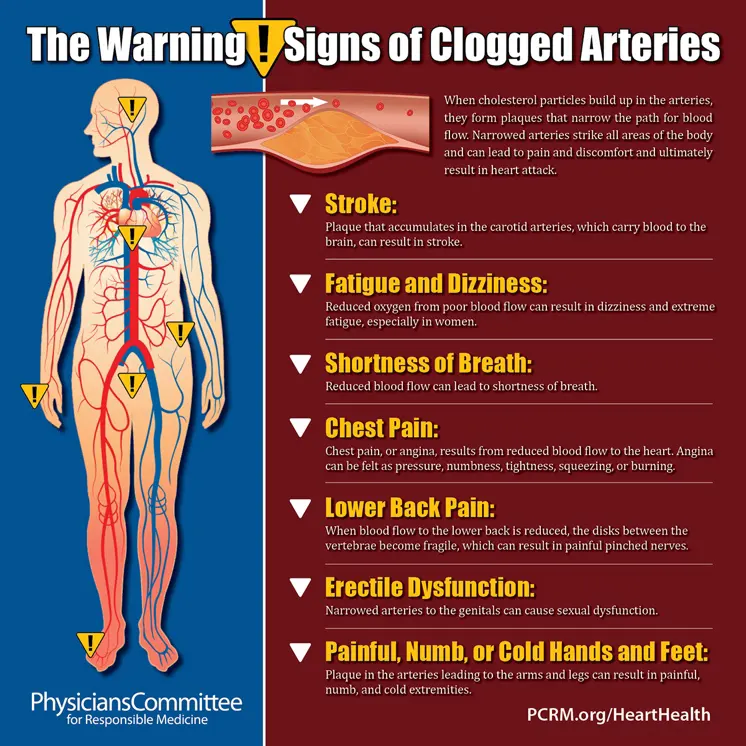
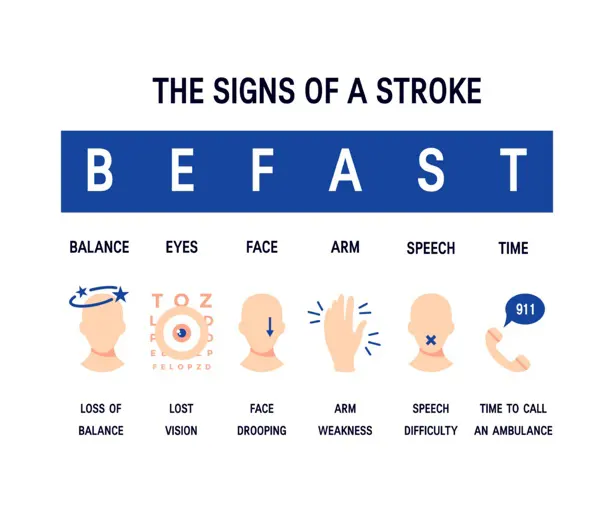
How We Determine the Right Approach
- The degree of stenosis and plaque characteristics
- Presence of symptoms or prior TIA/stroke
- Previous neck surgeries or radiation
- Your overall medical condition and surgical riskList Item
What to Expect
- Initial clinic consultation and vascular ultrasound
- Risk factor evaluation and medical therapy optimization
- CT angiogram of the neck to better delineate anatomy and determine best treatment approach
- Performed at a hospital
- Local or general anesthesia based on procedure
- Most patients return home the next day
- Follow-up clinic visit and imaging
- Long-term monitoring to ensure durability of treatment
- Continued guidance on lifestyle and vascular health
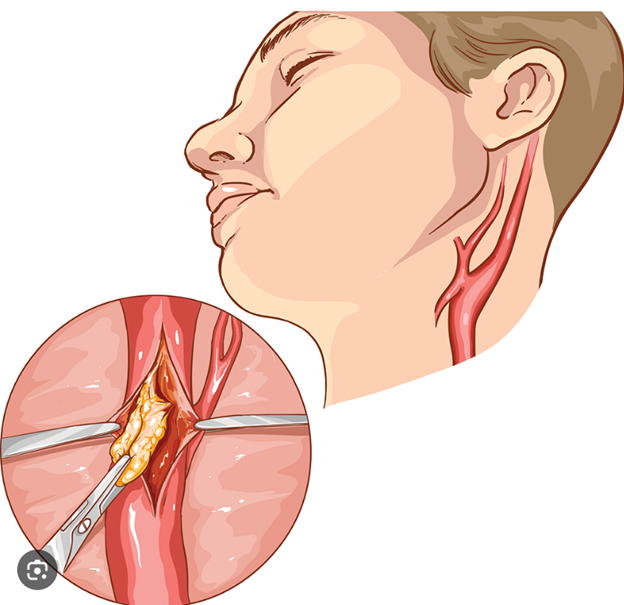
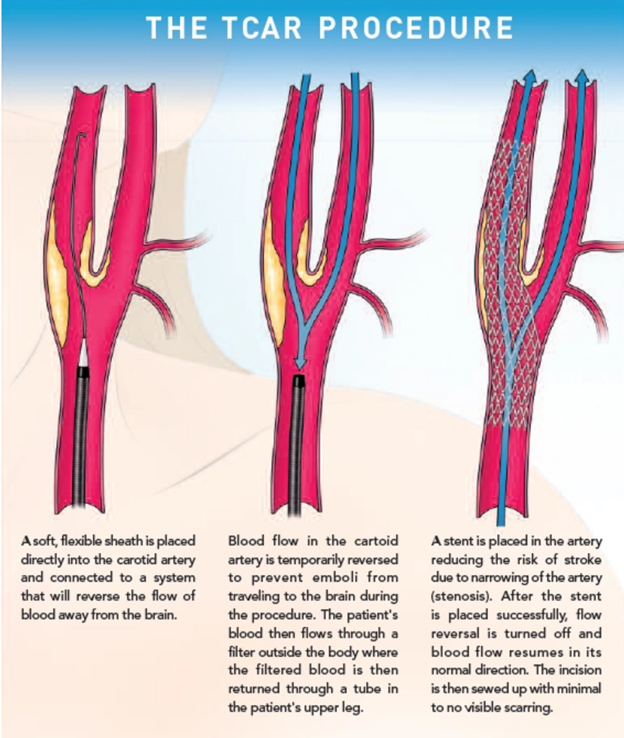
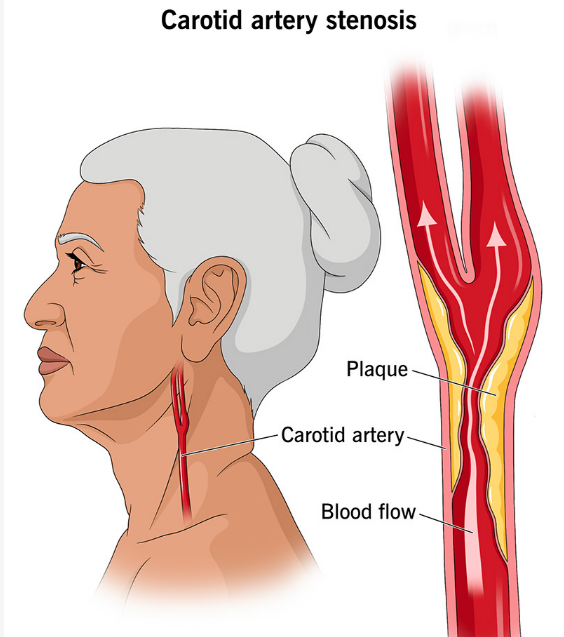
Frequently Asked Questions
How do I know if I need surgery or a stent?
If the stenosis reaches a certain threshold (typically 70% or more), or if you’ve had symptoms like TIA or stroke, intervention is often recommended. We follow evidence-based criteria to guide decisions.
Is the procedure painful?
Will I be hospitalized?
Yes, you’ll stay one night for observation in most cases, then return home the following day.
What follow-up is needed?
We perform surveillance imaging after the procedure and schedule regular clinic visits to monitor long-term success.
Why Choose Vascular Clinic?
- Board-Certified Vascular Surgeons
- Minimally Invasive and Surgical Expertise
- Comprehensive Diagnostic Evaluation
- Individualized Care Plans
- Focus on Safety, Precision, and Patient Understanding




